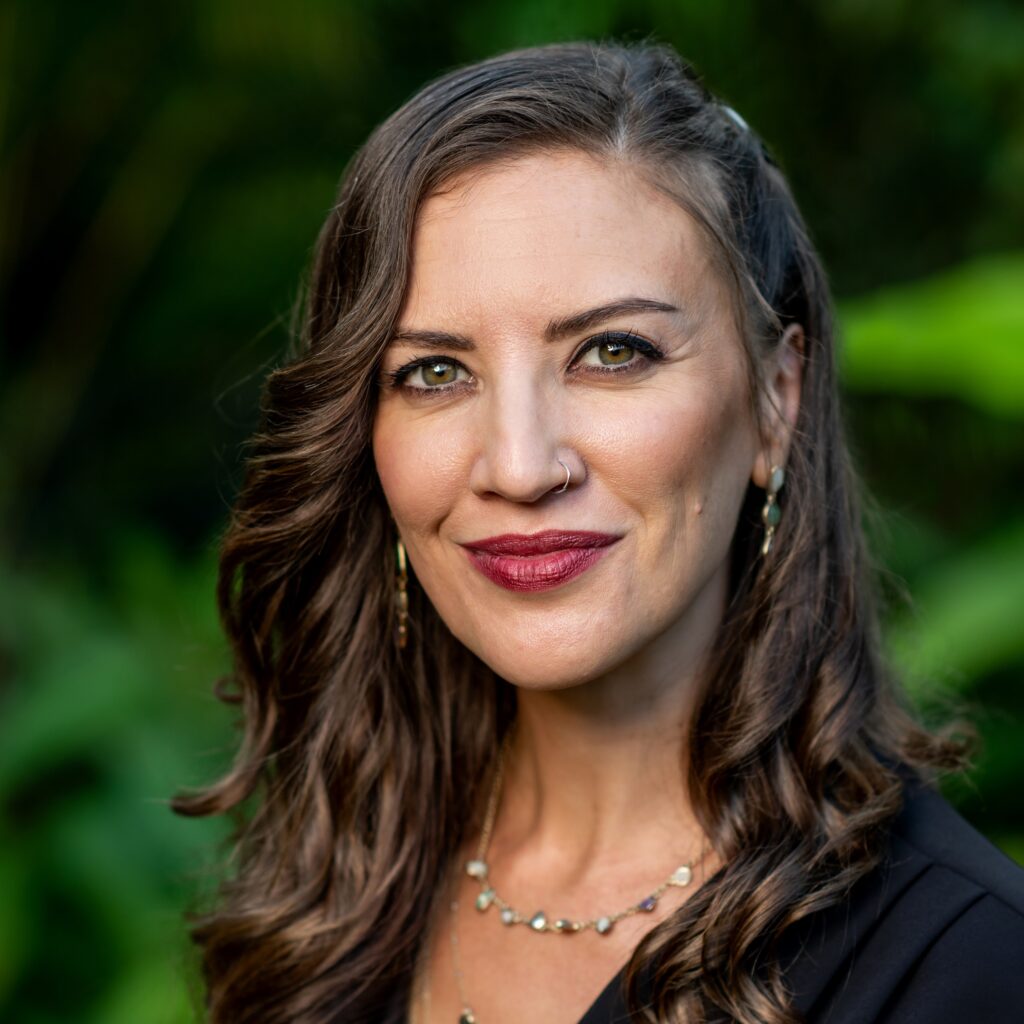Can Social Impact programs play a critical role in Transforming the Human Condition? If so, it’s all about empathy – so let’s start there.
Pain and Empathy Go Hand in Hand
You’ve probably heard many definitions of empathy, but for our purposes, we’re going straight to neuroscience – the science of the brain.
Empathy is a preconscious reaction (the reaction that happens before we have time to evaluate or modify) that arises from witnessing another’s pain – our brains literally experience that pain as our own. According to David Eagleman, that pain is useful. It pushes us in the direction of bonding with others. We seek out alliances – friends, family, colleagues. We’re safer and more productive in groups. The drive to work in groups has helped human populations thrive across the planet and build entire civilizations.
When we witness the pain of someone in our “in group”, one way to make the pain stop – their pain (and our own pain) – is to step in and help.
But here’s the thing: there’s a flip side to this drive to come together. For every “in group” we react to with empathy, there are outsiders – and for these “out groups”, our brains react very differently.
Dehumanizing Others
Let’s take a study by Dr. Lasana Harris of the University College London for example. Dr. Harris conducted a series of experiments looking for changes in the region of the brain that becomes active when we’re thinking about other people, but is inactive when we’re dealing with inanimate objects, like a chair or a cup.
Dr. Harris ran subjects through an fMRI and showed them photos of people from various economic and social circles, such as a soldier, a homeless person, a businessman, a lawyer, a student. When each of these photos were viewed, he watched the brain’s pre-conscious reaction and, for most of these photos, he saw the expected spike that happens when we view another human being. But when people viewed the homeless person, their brain’s pre-conscious reaction flat-lined – it registered the same way it did when looking at an inanimate object like a chair or a cup. This means that, whether or not we want to, we see “out groups” as less than human. Unless you have been homeless or have had a meaningful connection with someone affected by homelessness, your brain would likely register the same response.
When we see the pain of someone in an “out group,” we do not register it as our own pain – we don’t have empathy – and instead of stepping in to help, we simply look away. It’s not on purpose and it doesn’t mean something’s wrong with us! This reaction to “others” is how early humans survived. But this survival tactic – this selective empathy – no longer serves us. And the consequences of that can be very dark. History is plagued of one group turning on another that was defenseless and posed no threat. Think Nazi Genocide or ethnic cleansing in Bosnia. Atrocities where neighbors turned on neighbors.
So, how do we undo this hard wiring?
Unfortunately, we cannot think our way to empathy. No number of facts, figures, stories, or statistics will “un-other” our out groups. We only react with empathy when we can relate with others, and we can only relate with others when we experience our interconnection.
This is why companies are discovering that training and guest speakers on issues related to diversity and inclusion are, on their own, not effective. Learning about a problem is not the same as experiencing, recognizing, and addressing the factors that create a problem.
For example, we can learn about the costly lack of diverse representation on an Executive Board, and as a result we might fill our boards with women and people of color. The immediate problem is solved, but we failed to address the root causes, such as the implicit biases – the preconscious reactions – that got us here in the first place. It’s useful to have those voices in the room, but it’s not very effective if those voices are not heard as valuable and are perceived as “other”.
The good news is, our brains can literally be re-wired. When we have new, challenging experiences, new synaptic pathways form. We become alert to new ideas and we can be guided to new understandings and different behavior. Often, the experiences that form these new pathways are traumatic or deeply uncomfortable ones like a visit to a developing country and seeing people living in ways that we didn’t know were possible or maybe a friend or family member’s lifestyle forces us to face our own prejudice. Those experiences can be painful and disorienting, and they change our perspectives forever. The good news is that change can also be intentional without being traumatic. We can choose to go to safe and nonthreatening spaces that alert us to new ideas and enable the formation of new neural pathways. One of those safe and nonthreatening spaces is the practice of Transformative Volunteering.
What does that mean for us?
Should we go and do good in communities affected by bad things like poverty? Should we help people who are different than us? Should we give back and change the world? Hopefully, you can hear the problematic language here. It’s still framed as “us” and “them”. Our connections are still premised on “helping” the “other”. The interactions are still focused on what “we” have and what “they” need.
Empathy happens when we understand that we share needs, that we are all impacted by similar problems, and that our shared experiences are just as, if not more, informative than our differences. This is not to say that we should ignore our differences! The ways in which we are unfamiliar to each other are opportunities to broaden our understanding of our own humanity. Our preconscious mind will continue to inform our reactions and decision-making, but it will be shaped by our proximity to others, our ability to relate to others, and ultimately our expanded empathy.
Rather than fix what might be wrong, serve a need, or even learn a specific lesson, we enter spaces where there is room to simply share an experience together. Over time, and over the course of many shared experiences, our implicit biases begin to shift – not because we intellectually learned more, but because our preconscious minds literally changed. Our experiences trigger the growth of new synaptic pathways and allow old ones to fade.
Expanding Empathy Through Volunteering
Transformative Volunteering creates opportunities in which equal partners have an opportunity to alert one another to new understandings about ourselves and others through mutually beneficial experiences. This is how we increase the value and impact of volunteering. Projects and activities may be helpful at times, but at their best they only solve an immediate problem. When we use “alert, orient, act” as guiding principles for how a volunteer event is framed and facilitated, volunteer experiences become a tool through which we uncover and address the root causes of societal challenges.
Realized Worth’s three keystone behaviors: The Brief, Guiding Volunteers, and The Debrief are a simple framework that help us create alert moments and support volunteers as they orient themselves to the experiences and gradually internalize their new understandings. These three behaviors are what make the difference between a nice day out of the office and a life-changing experience – this is what turns a transaction into a space where there’s room for transformation to occur.
Want to learn more? If you’re a Social REV member, keep an eye out for our newest employee course release, Volunteer Leadership: The Transformative Approach to Social Impact, out next week! This 9-module course, created for employee volunteer leaders but helpful to practitioners alike, is all about how to find, scope, and lead Social Impact activities. It takes an even deeper dive on everything you’ve read here, answering questions like: what is Transformation, why do we need to create space for it, and how exactly? If you’re not yet a Social REV member, this overview of 8 essential skills of employee volunteer leaders is a great place to start. Let’s equip your volunteer leaders with the knowledge and tools they need to create space for transformation.






